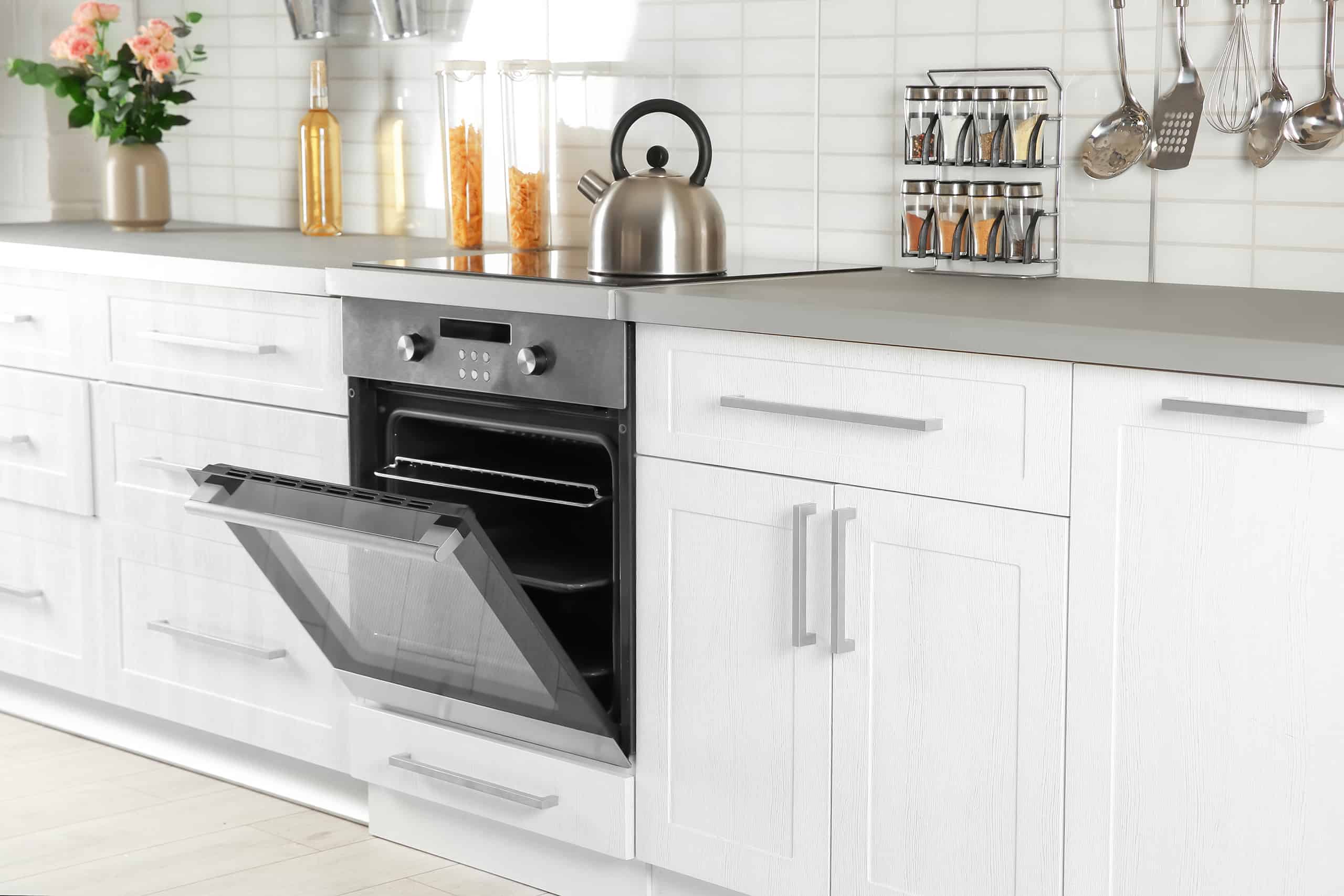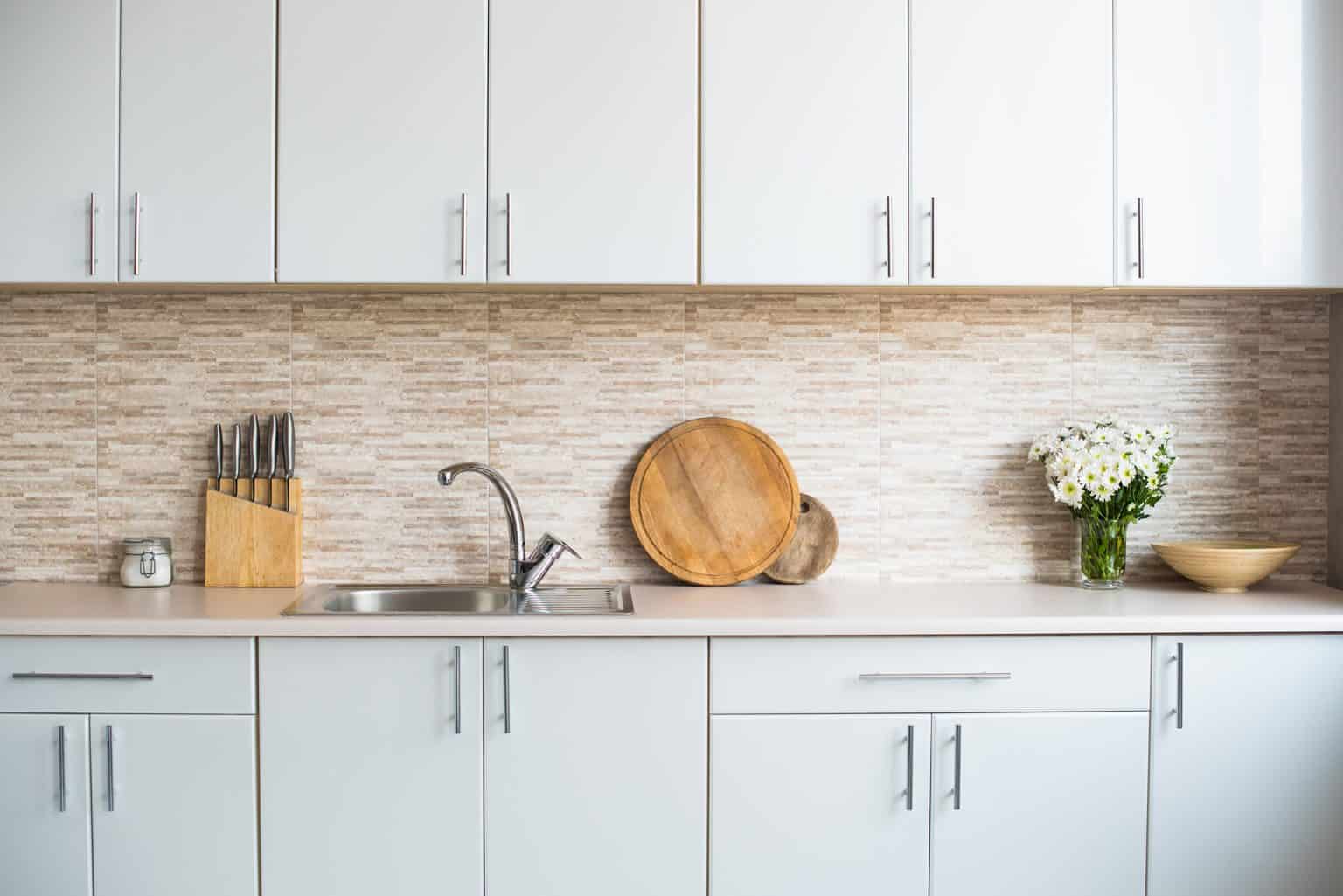Understanding Pull Placement in Shaker Cabinets: Pull Placement On Shaker Cabinets

Shaker cabinets, known for their simple elegance and timeless appeal, offer a range of pull placement options that can significantly impact the overall aesthetic. Choosing the right pull placement is crucial in achieving a cohesive and visually pleasing design.
Pull Placement Options
Pull placement refers to the position of the cabinet hardware, specifically the pulls, on the cabinet door. The most common pull placements for shaker cabinets include center, offset, and edge-mounted.
- Center Placement: In center placement, the pulls are positioned in the exact center of the cabinet door, both horizontally and vertically. This placement provides a balanced and symmetrical look, creating a sense of order and harmony. Center placement is a classic choice that complements the simplicity of shaker cabinets, often enhancing their clean lines and minimalist aesthetic.
- Offset Placement: Offset placement involves positioning the pulls slightly off-center, either horizontally or vertically. This creates a subtle asymmetry that adds visual interest and can break up the monotony of a straight line. Offset placement is often used to create a more modern or contemporary feel, adding a touch of visual intrigue to the shaker cabinet design.
- Edge-Mounted Placement: Edge-mounted placement involves attaching the pulls directly to the edge of the cabinet door, usually on the top or bottom edge. This placement is often chosen for a minimalist and sleek look, as the pulls are integrated into the cabinet door’s design rather than being a separate element. Edge-mounted pulls can create a clean and contemporary aesthetic, especially when paired with sleek, modern hardware.
Aesthetic Impact of Pull Placement, Pull placement on shaker cabinets
The placement of pulls on shaker cabinets can significantly influence the overall visual appeal of the design. Different placements create distinct aesthetic effects, each contributing to the overall style and ambiance of the kitchen or space.
- Center Placement: Center placement is often associated with a classic, traditional, and elegant aesthetic. It emphasizes the simplicity and clean lines of shaker cabinets, creating a balanced and harmonious look. This placement is well-suited for kitchens with a timeless and sophisticated design, where symmetry and order are key elements.
- Offset Placement: Offset placement adds a touch of modernity and contemporary flair to shaker cabinets. The subtle asymmetry creates a visual intrigue, adding depth and dimension to the design. This placement is ideal for kitchens with a modern or transitional style, where a departure from traditional symmetry is desired.
- Edge-Mounted Placement: Edge-mounted placement is known for its minimalist and sleek aesthetic. The pulls are integrated into the cabinet door’s design, creating a clean and uncluttered look. This placement is particularly well-suited for kitchens with a contemporary or minimalist style, where simplicity and clean lines are paramount.
Examples of Shaker Cabinets with Various Pull Placements
The following are examples of shaker cabinets with different pull placements, illustrating the aesthetic impact of each option.
- Center Placement: A kitchen with shaker cabinets featuring center-mounted pulls in a polished nickel finish. The pulls are positioned in the center of each door, creating a balanced and symmetrical look that complements the classic design of the cabinets. The polished nickel finish adds a touch of elegance and sophistication to the overall aesthetic.
- Offset Placement: A modern kitchen with shaker cabinets featuring offset-mounted pulls in a brushed brass finish. The pulls are positioned slightly off-center on each door, creating a subtle asymmetry that adds visual interest and a contemporary touch to the design. The brushed brass finish adds warmth and a touch of industrial chic to the overall aesthetic.
- Edge-Mounted Placement: A minimalist kitchen with shaker cabinets featuring edge-mounted pulls in a matte black finish. The pulls are integrated into the cabinet door’s design, creating a clean and uncluttered look. The matte black finish adds a touch of sophistication and modernity to the overall aesthetic.
Factors Influencing Pull Placement Choice

The placement of pulls on shaker cabinets is not just about aesthetics; it’s about functionality and harmony with the overall kitchen design. Several factors influence this choice, ensuring a balanced and visually pleasing outcome.
Cabinet Size and Pull Placement
The size of the cabinet directly affects pull placement. Smaller cabinets, like those for spice storage or under-sink cabinets, require smaller pulls placed closer to the edge of the cabinet door. This allows for easy opening without obstructing other cabinets or appliances. Larger cabinets, like those for pantries or refrigerators, can accommodate larger pulls placed further from the edge. This provides ample leverage for opening heavy doors.
Shaker Cabinet Style and Pull Placement
The style of the shaker cabinet influences pull placement decisions. Traditional shaker cabinets often feature simple, understated pulls placed in the center of the cabinet door. This creates a symmetrical and balanced look. Modern shaker cabinets, on the other hand, might incorporate more contemporary pulls placed off-center, creating an asymmetrical and visually dynamic effect.
Kitchen Design and Pull Placement
The overall kitchen design plays a crucial role in choosing pull placement. Consider the style of your kitchen, the materials used, and the overall color scheme. If your kitchen features sleek, minimalist lines, choose pulls that complement this aesthetic. For a more traditional kitchen, opt for pulls that enhance the classic elements of the design.
Practical Considerations for Pull Placement

The placement of pulls on shaker cabinets is not just an aesthetic choice; it significantly impacts functionality and accessibility. Understanding these practical considerations is crucial to ensuring that your cabinets are not only visually appealing but also user-friendly and efficient.
Impact on Cabinet Functionality and Accessibility
Pull placement significantly influences how easily you can open and close cabinets. The position of the pull determines the leverage and grip you have when opening a cabinet door, directly affecting ease of use.
- Pulls placed in the center of the cabinet door provide a balanced grip, making it easier to open and close the door, especially for heavier cabinets. This placement is ideal for cabinets used frequently, such as those storing dishes or cookware.
- Pulls placed on the edge of the door, particularly near the hinge side, can make it difficult to open and close the cabinet, especially if the door is heavy. This is because the pull is positioned at a disadvantageous angle, requiring more force to open and close the door.
- Pull placement also impacts accessibility, especially for individuals with limited mobility or dexterity. A pull placed too high or low might be difficult to reach or grip. Consider the height and reach of the intended users when selecting the pull placement.
Ergonomic Considerations for Different Pull Placements
Ergonomics, the study of how people interact with their environment, plays a crucial role in pull placement. Pull placement should be designed to minimize strain and fatigue, ensuring ease of use for all users.
- Pulls placed at a comfortable height, typically between 30-36 inches from the floor, are ideal for most users. This height allows for a natural grip and reduces strain on the wrist and shoulder.
- Pulls placed too high can cause strain on the shoulder and neck, especially when reaching for cabinets above the countertop. Conversely, pulls placed too low can strain the back and wrist.
- Pull placement should also consider the size and shape of the pull itself. A large, bulky pull might be difficult to grip for individuals with small hands. Conversely, a small, delicate pull might not provide enough leverage to open a heavy cabinet door.
Comparison of Pull Placement Options
| Pull Placement | Pros | Cons |
|---|---|---|
| Center | Balanced grip, easy to open and close, ideal for frequent use | May not be suitable for small cabinets |
| Edge (Hinge Side) | May provide a more minimalist aesthetic | Difficult to open and close, especially for heavy doors |
| Edge (Opposite Hinge Side) | Can provide a more modern aesthetic | May not be suitable for cabinets with limited space |
Pull placement on shaker cabinets – The placement of pulls on shaker cabinets is often a matter of personal preference, though there are some design considerations to keep in mind. A common approach is to center the pull on the door, but for a more modern aesthetic, the pull can be placed slightly offset from the center.
This decision can be further informed by the overall style of the kitchen, particularly when comparing shaker cabinets to shaker vs flat panel cabinets. Flat panel cabinets tend to lend themselves to a more minimalist approach, often with pulls placed off-center, while shaker cabinets can accommodate a wider range of pull placement options.
The placement of pulls on shaker cabinets is a matter of aesthetic preference, often dictated by the overall design scheme. For a more contemporary look, centered placement is favored, while an offset placement can lend a traditional feel. Maintaining optimal humidity levels is crucial for preserving valuable items, particularly electronics, and can be achieved through the construction of a diy electronic dry cabinet.
The same principles of balance and symmetry that guide pull placement on shaker cabinets can be applied to the design of such a cabinet, ensuring both functionality and visual appeal.
